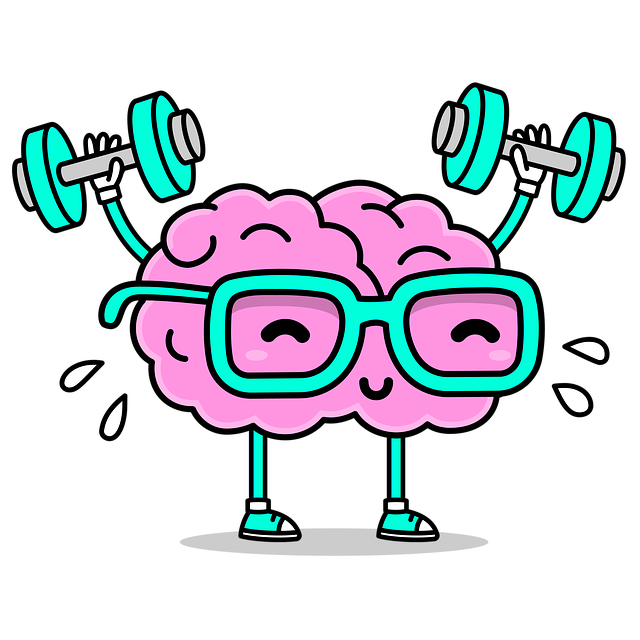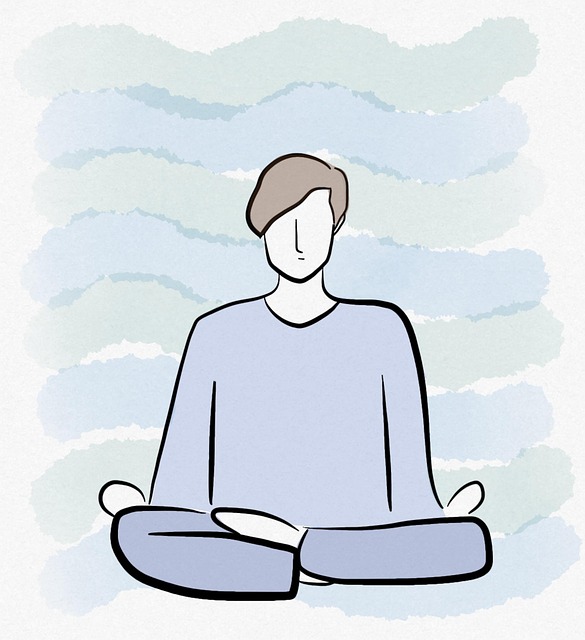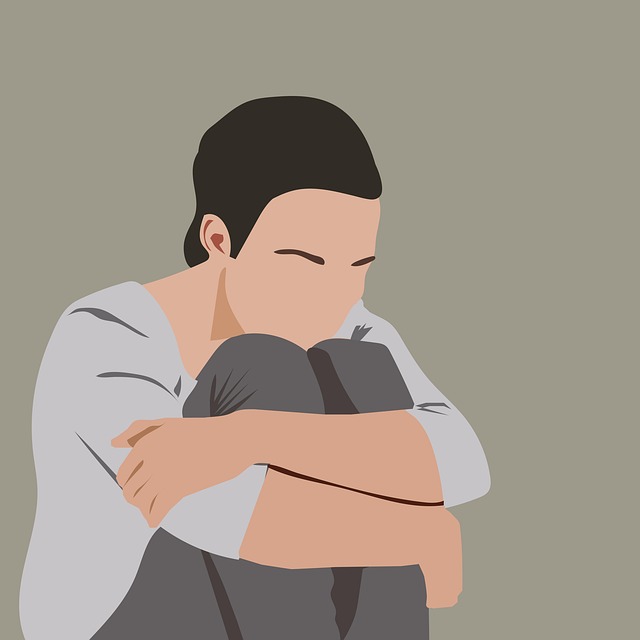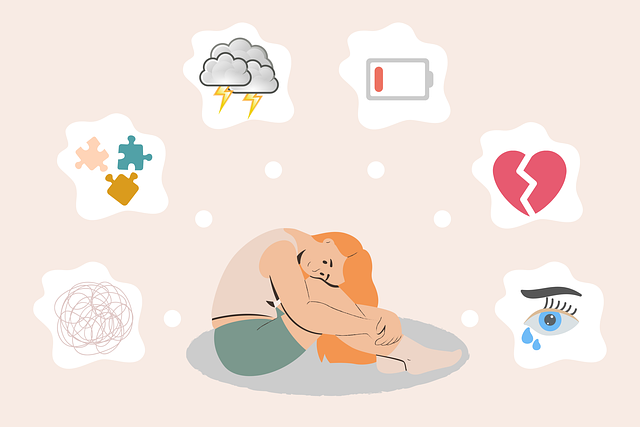Westminster Adolescent and Teen Therapy employs the RFM (Resource, Flexibility, Mastery) model, a powerful resilience-building tool that equips teens with coping mechanisms through enhanced resources, adaptability, and goal setting. Their structured yet flexible approach integrates tailored Resilience-Building Exercises (RBE), combining evidence-based practices with holistic well-being. By assessing mental wellness, using interactive tools from the Mental Wellness Podcast Series Production, and fostering open communication, they build inner resilience in adolescents. This innovative method, developed by experts, transforms mental health support, inspiring inclusive communities and collaborative care models, leading to significant improvements in mental wellness.
“Unleashing resilience in adolescents is a cornerstone of effective therapy, and the RFM (Resource, Strengths, and Coping Mechanisms) model offers a powerful framework. This article explores the integration of RFM into adolescent treatment, focusing on the Westminster Adolescent and Teen Therapy approach. We’ll delve into the significance of RFM in understanding youth challenges and its practical application through resilience-building exercises. Additionally, we present real-world success stories and discuss future implications for mental health support.”
- Understanding RFM and its Relevance in Adolescent Therapy
- Implementing Resilience-Building Exercises: A Step-by-Step Guide
- The Westminster Adolescent and Teen Therapy Approach: Success Stories and Future Implications
Understanding RFM and its Relevance in Adolescent Therapy

Resilience-focused interventions have gained significant importance in adolescent therapy, particularly in addressing the unique challenges faced by young individuals during their formative years. The RFM (Resource, Flexibility, Mastery) model is a prominent framework that emphasizes fostering resilience by enhancing these three key areas. Westminster Adolescent and Teen Therapy has recognized the significance of this approach, integrating RFM into its therapeutic practices to empower teenagers with effective coping skills.
By focusing on resources, adolescents learn to identify and utilize their strengths, support systems, and positive experiences as a foundation for building resilience. Flexibility is cultivated through encouraging adaptability and problem-solving strategies, enabling teens to navigate life’s curveballs. Mastery involves teaching them to take control, set achievable goals, and develop a sense of accomplishment, thereby boosting self-efficacy. This holistic approach, tailored to the specific needs of adolescents, forms an integral part of comprehensive mental health education programs designed by healthcare providers with cultural competency training.
Implementing Resilience-Building Exercises: A Step-by-Step Guide

Implementing Resilience-Building Exercises: A Step-by-Step Guide
At Westminster Adolescent and Teen Therapy, we believe that equipping young individuals with resilience is a powerful tool for navigating life’s challenges. Our approach to integrating resilience-building exercises (RBE) involves a structured yet flexible process designed to cater to diverse teen needs. First, assess the current mental wellness landscape of your clients through surveys or one-on-one conversations. This step helps identify specific areas where RBE can offer support. Next, tailor activities that align with their unique challenges and interests, ensuring engagement and relevance. Consider incorporating exercises from the Mental Wellness Podcast Series Production library, which offers a range of interactive tools proven to enhance inner strength development.
Once tailored, introduce these exercises in a supportive environment, providing clear instructions and fostering open communication. Encourage participants to share their experiences and emotions during and after each session. Regularly review progress and adjust activities as needed. This iterative process, informed by Mental Health Policy Analysis and Advocacy insights, ensures that RBE remain effective and relevant. By implementing these steps, therapists can guide adolescents towards building inner resilience, enabling them to embrace challenges with newfound confidence and a positive mindset.
The Westminster Adolescent and Teen Therapy Approach: Success Stories and Future Implications

The Westminster Adolescent and Teen Therapy Approach has proven to be a game-changer in the realm of mental health support for young individuals. This therapeutic method, developed by experts in the field, focuses on building resilience and fostering positive thinking among adolescents and teens. By combining evidence-based practices with a holistic view of an individual’s well-being, the approach addresses not only emotional and psychological challenges but also the broader aspects of their lives. Success stories from this methodology are abundant, showcasing significant improvements in mental wellness among participants.
The Westminster model has implications that extend beyond therapy sessions. Its emphasis on community outreach program implementation and integrating positive thinking practices into everyday life can inspire the creation of more inclusive and supportive environments. This approach encourages a symphony of collaboration between therapists, families, and communities, ensuring that young people receive comprehensive care tailored to their unique needs. With its potential to revolutionize adolescent therapy and mental wellness podcast series production, the Westminster Adolescent and Teen Therapy Approach is a shining example of modern therapeutic practices.
The integration of RFM (Resilience, Flexibility, and Mastery) into adolescent therapy, as demonstrated by the Westminster Adolescent and Teen Therapy Approach, offers a promising path towards empowering young individuals to navigate life’s challenges. By employing resilience-building exercises, therapists can equip adolescents with the tools necessary to foster adaptability, cope with stress, and cultivate a sense of control. This comprehensive approach, showcased through various success stories, has the potential to revolutionize adolescent therapy, providing long-lasting benefits that extend beyond the therapeutic setting.














